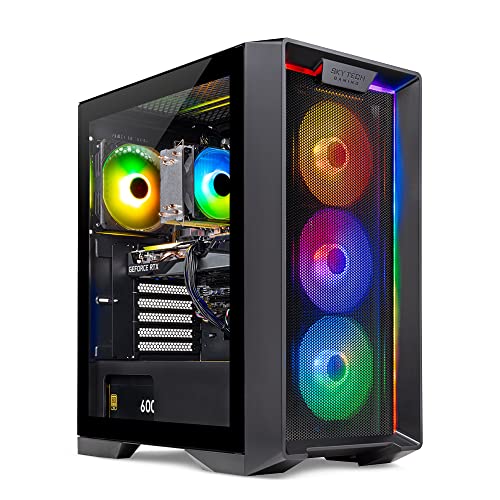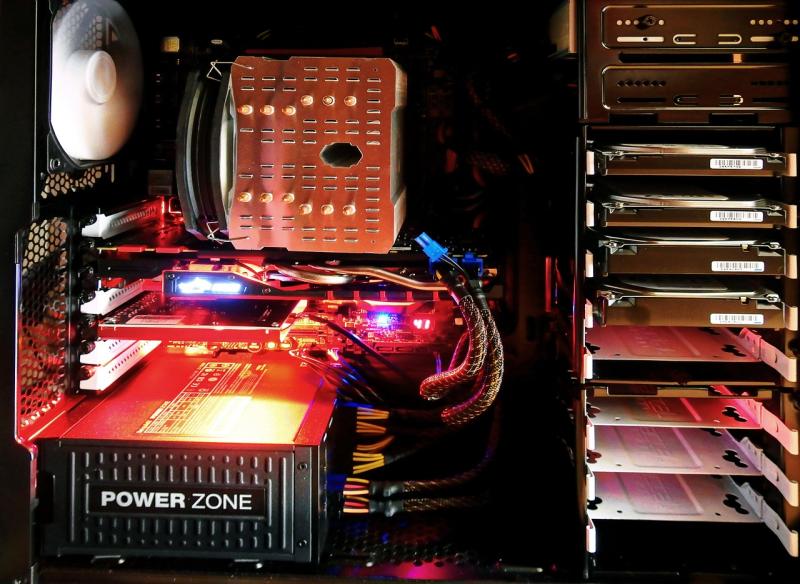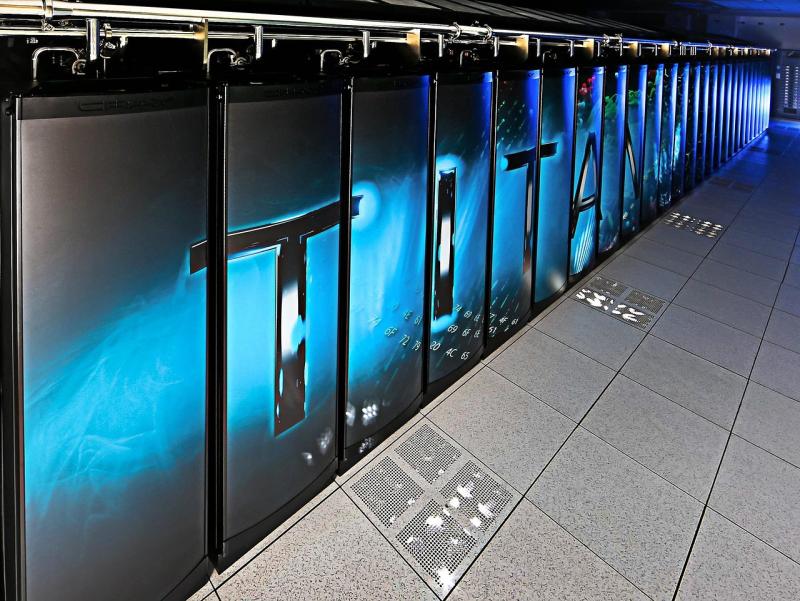Virtualization is a cornerstone for developers and testers, enabling multiple operating systems and environments to run simultaneously on a single high‑performance PC. Advanced virtualization strategies can enhance testing efficiency, improve resource allocation, and reduce infrastructure costs.
Using type‑1 or type‑2 hypervisors, users can assign dedicated CPU cores, memory, and storage to virtual machines (VMs) for reliable and isolated testing environments. Integrating virtualization management software helps dynamically allocate resources based on workload demands. Techniques such as nested virtualization and VM cloning can accelerate development cycles and simplify deployment.
Automated deployment routines and continuous integration systems benefit from virtualization by creating reproducible environments that closely mirror production settings. Regularly updating virtualization software, performing health checks, and monitoring VM performance with dedicated tools ensure consistent operation.
By embracing advanced virtualization strategies, developers and testers can create flexible and scalable environments that enhance productivity. Fine‑tuning resource allocation and automating deployments result in simplified testing processes and more resilient systems.
Advanced Virtualization Strategies for Developers and Testers
Unlock maximal efficiency in your development and QA workflows by mastering hypervisors, resource allocation, nested virtualization, and end-to-end automation.
Introduction
Virtualization forms the bedrock of modern software development and testing. It allows multiple isolated environments to coexist on a single physical host, dramatically reducing hardware costs while improving flexibility.
When architected correctly, an advanced virtualization strategy streamlines deployment pipelines, enforces environment parity from dev to prod, and accelerates iteration cycles.
Hypervisor Types and Their Trade-Offs
Selecting the right hypervisor—Type-1 (bare-metal) or Type-2 (hosted)—is critical. Each offers unique performance, security, and deployment characteristics.
| Feature | Type-1 (Bare-Metal) | Type-2 (Hosted) |
|---|---|---|
| Installation Layer | Direct on hardware | On top of a host OS |
| Performance Overhead | Minimal | Moderate (host OS overhead) |
| Security Isolation | Strong | Moderate |
| Ease of Setup | Complex, dedicated hardware needed | Quick install on any workstation |
| Common Tools | VMware ESXi, Microsoft Hyper-V | VirtualBox, VMware Workstation |
Type-1 hypervisors shine in production clusters, while Type-2 solutions excel for local development, proof-of-concepts, and personal test labs.
Dynamic Resource Allocation
Proper resource tuning ensures VMs perform predictably under load. Key techniques include CPU pinning, memory ballooning, and storage tiering.
- CPU Pinning: Bind critical VMs to dedicated cores for guaranteed compute power.
- Memory Ballooning: Dynamically reclaim idle memory from low-priority VMs.
- Storage Tiering: Map high-I/O workloads to SSDs and archival tasks to HDDs.
Enterprise management platforms like VMware vCenter or Red Hat Virtualization let you define policies for real-time auto-scaling based on usage metrics.
Nested Virtualization: Going Deeper
Nested virtualization enables running a hypervisor within a VM, unlocking advanced testing and development scenarios.
Use cases include multi-tier hypervisor feature testing, debugging custom virtualization code, or evaluating container runtimes that rely on VM isolation.
- Verify host CPU support for Intel VT-x / AMD-V.
- Enable nested extensions on your bare-metal hypervisor.
- Tune VM settings (RAM, vCPUs) to offset additional overhead.
While nesting layers adds latency, it pays off by replicating complex production-grade environments on a single host.
VM Cloning and Template Management
Cloning accelerates environment provisioning and ensures consistency across test runs.
- Full Clones: Entirely independent VM copies with dedicated virtual disks.
- Linked Clones: Lightweight copies sharing base disk images, created almost instantly.
Best practices:
- Maintain versioned “golden images” with OS, security patches, and baseline software.
- Automate template refresh cycles to incorporate critical updates.
- Apply clear naming conventions: OS version, architecture, and intended role.
Automation and Continuous Integration
Infrastructure-as-Code (IaC) and CI pipelines make environment setup repeatable and error-proof.
- Terraform / Ansible / Pulumi: Declaratively define VM specs and network topology.
- CI Integrations: Jenkins, GitLab CI, or GitHub Actions can provision VMs, execute tests, then teardown automatically.
- Hybrid Workflows: Leverage Kubernetes and KubeVirt for seamless VM-and-container orchestration.
By codifying your stack, you eliminate configuration drift, speed up feedback loops, and enforce uniformity across all environments.
Monitoring, Health Checks, and Scaling
Real-time visibility is essential to maintain SLAs and performance targets.
- Metrics Collection: Instrument VMs with Prometheus, Grafana, or Elastic agents to track CPU, memory, and I/O.
- Alerting and Remediation: Set thresholds that trigger automated scripts for VM restarts or resource rebalancing.
- Horizontal Scaling: Use cluster frameworks to add/remove VM nodes on demand, ensuring high availability.
Regular snapshot-based disaster-recovery drills and off-site replication bolster infrastructure resilience.
Security Best Practices
Harden both hypervisor and guest layers to minimize attack surfaces and enforce strict isolation.
- Network Segmentation: Segment VMs into separate VLANs or virtual networks by trust level.
- Secure Boot & TPM: Enable hardware-backed integrity checks and encrypted key storage.
- Automated Patch Management: Tools like WSUS, Spacewalk, or Chef Automate to keep hosts and guests up to date.
- Least Privilege Access: Integrate with LDAP/AD for fine-grained RBAC on VM operations.
Conduct periodic penetration tests and configuration audits to detect drift or vulnerabilities.
Cost Optimization Strategies
Effective virtualization not only saves time but also slashes both capital and operational expenditures.
- Continuously right-size VMs based on utilization metrics.
- Use reserved or committed-use instances for predictable workloads.
- Leverage spot/preemptible VMs for non-critical batch processing.
- Encourage chargeback models to promote team accountability for resource use.
Aim for high consolidation ratios while monitoring the “noisy neighbor” effect to balance density with performance.
Future Trends in Virtualization
Staying ahead of emerging virtualization paradigms will keep your workflows cutting-edge.
- MicroVMs: Ultra-lightweight VMs like Firecracker for serverless and container use cases.
- Unikernels: Compile applications into minimal, single-address-space VMs for enhanced security.
- Edge Virtualization: Deploy VMs on constrained IoT or 5G edge hardware.
- AI-Driven Orchestration: Predictive scaling and self-healing driven by machine learning models.
Conclusion
By mastering advanced virtualization techniques—from choosing the right hypervisor to automating end-to-end CI pipelines—teams can achieve unprecedented agility, reliability, and cost savings.
Explore emerging areas such as microVMs, unikernels, and AI-powered orchestration to future-proof your virtualized infrastructures and maintain a competitive edge.







